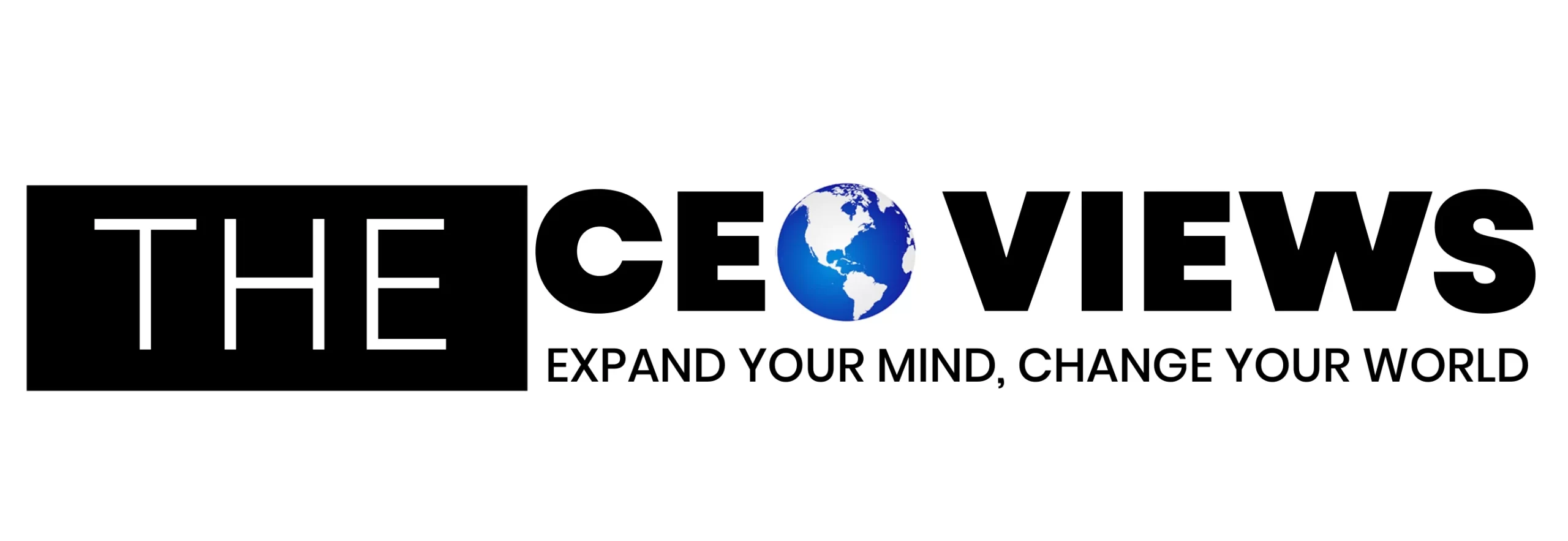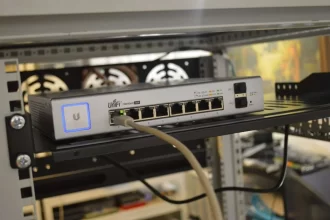Visual AI, which uses computer vision and deep learning to interpret visual data from cameras and sensors, is revolutionizing manufacturing inspection. In traditional production lines, visual AI can automate the detection of surface defects, misalignments, or incorrect assemblies. However, when processes are highly specialized, products are handcrafted, or tolerances are extremely tight, visual AI systems must be custom-built to adapt to the task at hand.
The Case for Custom Software Development
In niche manufacturing, where components are unique and inspection requirements are nuanced, off-the-shelf visual AI tools often miss the mark. These generic solutions are typically optimized for standardized, high-throughput production environments, not for the complexity of multi-stage assemblies or the subtleties of exotic materials.
Custom software development becomes essential when manufacturers face:
- Complex geometries or finishes that confuse conventional vision models
- Industry-specific compliance or documentation requirements
- The need to integrate with legacy machinery or PLCs
- Highly variable products or batch sizes
That’s where custom software development consulting plays a pivotal role. By working closely with engineers and production teams, consultants can design systems from the ground up to meet specific inspection criteria, performance requirements, and environmental constraints. This collaborative approach ensures that AI models are not only accurate but also practical and usable within the daily workflow.
The Limitations of Off-the-Shelf Visual AI Systems
Standard visual AI platforms often lack the adaptability needed for niche use cases. They struggle with parts that are irregular in shape, reflective or low-contrast materials, or inconsistent lighting conditions on the production floor. Worse, they often require significant manual configuration to adapt to changes, defeating the purpose of automation.
These limitations lead to:
- High rates of false positives or missed defects
- Increased manual re-inspection
- Costly downtime due to misaligned systems
- Incompatibility with existing processes or data flows
For manufacturers who depend on precision and compliance, these drawbacks can outweigh any potential efficiency gains from standard solutions.
Designing a Visual AI Solution for Specialized Manufacturing
Tailored systems don’t emerge from a box-they’re built with a deep understanding of both the manufacturing context and the capabilities of AI. Designing a solution for visual AI in manufacturing follows a step-by-step process:
- Discovery & Requirement Analysis
Understand the specific parts, failure modes, inspection logic, and performance expectations.
- Data Collection & Annotation
Capture high-quality, real-world images and videos under varied conditions. Annotate defects and pass/fail criteria with domain experts.
- Model Training & Validation
Train deep learning models (object detection, segmentation, or classification) using platforms like TensorFlow, PyTorch, or YOLO.
- Software Integration
Develop custom operator dashboards, quality control reports, and alerts. Ensure seamless interaction with existing MES/ERP or SCADA systems.
- Deployment & Iteration
Test and refine the system on-site. Monitor edge cases and collect feedback to improve model accuracy over time.
This iterative approach allows AI developers to respond to unexpected edge cases, lighting changes, or mechanical drift, ensuring the solution remains robust and production-ready.
Key Technologies and Tools
Custom visual AI development draws from a wide range of tools and frameworks, including:
- AI/ML platforms: TensorFlow, PyTorch, Detectron2, OpenCV
- Vision hardware: High-res industrial cameras, edge devices (NVIDIA Jetson, Intel OpenVINO)
- Custom interfaces: Web-based dashboards, touchscreen UIs, programmable alerts
- System integration: APIs, OPC-UA, or direct integration with PLCs and robotics
The goal is to build not just a model, but an ecosystem that supports operators, quality managers, and IT teams alike.
Use Case Examples
Here are a few examples of how custom visual AI is applied in niche manufacturing:
- Medical Device Assembly
Verifies correct placement of micro-components with sub-millimeter accuracy, detecting defects invisible to the human eye.
- Luxury Watch Manufacturing
Confirms alignment of intricate mechanical parts, dials, and finishes under controlled lighting conditions.
- Aerospace Fastening Verification
Uses visual AI to identify missing, misaligned, or improperly torqued fasteners, enhancing compliance and traceability.
Each of these environments poses unique challenges that generic systems are ill-equipped to solve, underscoring the value of tailored approaches.
Benefits of Tailored Visual AI Solutions
Custom systems provide:
- Higher accuracy in defect detection
- Lower false rejection rates, reducing waste and rework
- Improved traceability, with inspection records linked to serial numbers
- Operator-friendly interfaces that increase adoption and usability
- Scalability for future use cases or expansion across production lines
They also give manufacturers a competitive advantage by automating inspection processes previously considered too specialized or sensitive for AI.
Challenges and Considerations
Custom visual AI systems require:
- Upfront investment in development and prototyping
- Continual maintenance, including model retraining and software updates
- Change management, to onboard operators and refine workflows
- Close collaboration between AI developers, manufacturing engineers, and quality teams
When done right, the return on investment can be significant, both in reduced defects and increased throughput.
Conclusion
For manufacturers in high-precision or regulated sectors, customized visual AI is essential, not optional. While standard tools handle basic tasks, only customized software can meet the unique requirements for performance, compliance, and usability in specialized production lines. Whether you’re verifying surgical tool assemblies or aligning high-end mechanical parts, the path to automation lies in systems built for your exact needs. Investing in specialized Visual AI is an investment in long-term quality, agility, and innovation.










